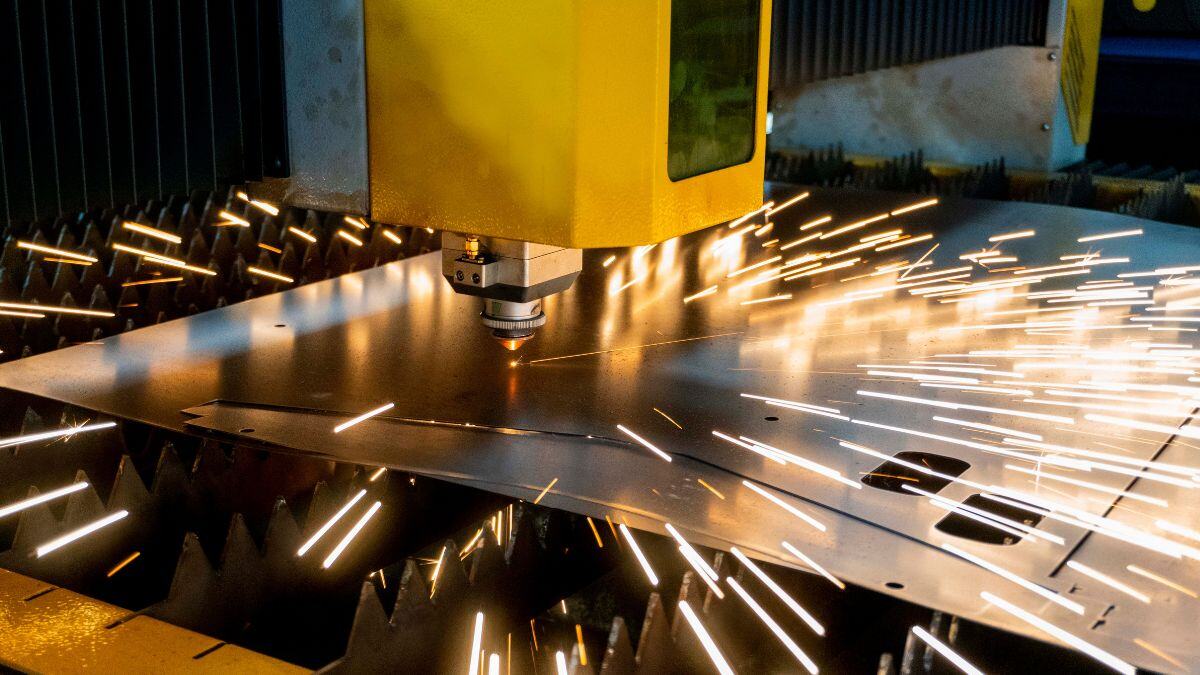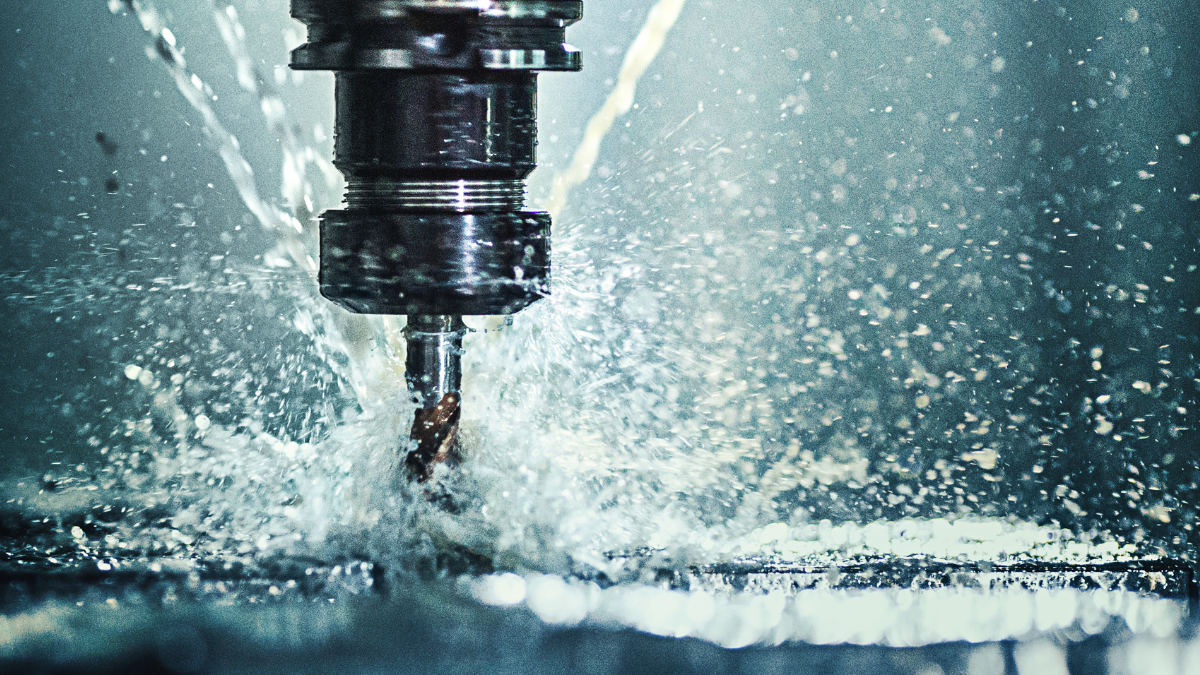Why Tolerance Analysis is Essential in Product Engineering
Every product—from smartphones and medical devices to aerospace components and industrial machinery—relies on precise part dimensions to function properly. However, no manufacturing process is perfect. Every part will have slight variations due to factors like machining accuracy, material properties, and environmental conditions.
The challenge? Making sure those small variations don’t create big problems in assembly, performance, and reliability.
That’s where tolerance analysis comes in. This critical engineering process helps manufacturers predict, control, and optimize dimensional variation, ensuring that products fit, function, and perform as expected—without excessive costs or delays.
In this guide, we’ll explore why tolerance analysis is so important in product engineering and how it can save time, reduce costs, and improve product quality.
What is Tolerance Analysis?
Before diving into why tolerance analysis matters, let’s quickly define what it is.
Tolerance analysis is the process of evaluating how small variations in part dimensions impact an assembly’s performance. Since no part is manufactured to its exact nominal dimension, tolerances define the acceptable range of variation.
By analyzing how those tolerances accumulate in an assembly (tolerance stack-up), engineers can identify and address potential issues before production begins.
Key Objectives of Tolerance Analysis:
- Ensure parts fit together properly and prevent gaps, interferences, or misalignment.
- Minimize production costs by optimizing tolerances and avoiding unnecessary precision requirements.
- Improve product reliability by ensuring components function as expected under real-world conditions.
- Streamline manufacturing by reducing the risk of assembly issues and rework.
Tolerance analysis helps manufacturers make informed design decisions, balancing functionality, manufacturability, and cost-efficiency.
Why is Tolerance Analysis Important?
Without a solid tolerance analysis strategy, manufacturers face a variety of risks, including misaligned parts, increased scrap rates, excessive production costs, and even product failures.
1. Ensuring Fit and Functionality
Even minor dimensional variations can lead to significant fit issues—parts may not assemble properly, creating gaps or interferences that compromise functionality and structural integrity.
By performing tolerance analysis, engineers can:
- Verify that parts will fit together without issue.
- Ensure proper alignment in assemblies.
- Identify and eliminate potential interference.
Whether it’s ensuring a smooth hinge mechanism on a laptop or securing a watertight seal in a medical device, tolerance analysis ensures that components work together as intended.
2. Reducing Manufacturing Costs
Manufacturing precision comes at a price. Tighter tolerances require more advanced machining, higher-quality materials, and stricter inspection processes—driving up costs.
Tolerance analysis helps manufacturers strike the right balance between precision and cost-efficiency by:
- Relaxing non-critical tolerances to reduce machining costs.
- Avoiding overengineering, which can make production unnecessarily expensive.
- Identifying where precise tolerances are actually required.
Instead of defaulting to extremely tight tolerances everywhere, tolerance analysis helps teams apply precision where it matters most—optimizing costs without sacrificing quality.
3. Reducing Rework, Scrap, and Warranty Costs
If tolerances aren’t properly analyzed, the result can be poorly fitting parts, excessive rework, and high scrap rates. This not only wastes materials but also adds to production time and costs.
- Without Tolerance Analysis: Manufacturers discover issues too late, leading to costly last-minute design changes, delays, and wasted resources.
- With Tolerance Analysis: Engineers catch potential problems early, reducing the need for rework and ensuring production runs smoothly.
By proactively identifying out-of-spec parts before production begins, companies can reduce costly scrap, minimize warranty claims, and improve overall product quality.
4. Improving Product Reliability & Performance
Imagine a medical device that doesn’t seal properly, an automotive component that wears out prematurely, or an aerospace part that fails due to misalignment. These aren’t just manufacturing defects—they’re safety risks.
Tolerance analysis ensures that dimensional variation won’t compromise product safety or functionality by:
- Simulating real-world conditions to predict performance.
- Ensuring that wear, environmental changes, or load conditions won’t cause failure.
- Verifying that critical dimensions are within functional limits.
From high-precision robotics to consumer electronics, tolerance analysis keeps products reliable and safe throughout their lifespan.
5. Streamlining the Design Process & Speeding Up Production
When teams don’t analyze tolerances early, they often discover fit or function issues during prototyping or production. This leads to:
- Last-minute design changes.
- Delays in production schedules.
- Increased costs due to extra testing and prototyping.
With early-stage tolerance analysis, engineers can eliminate potential roadblocks before they happen—leading to:
- Faster design iterations.
- Fewer costly redesigns.
- More efficient production timelines.
The result? Faster time-to-market, fewer headaches, and smoother manufacturing.
How to Perform Effective Tolerance Analysis
To fully benefit from tolerance analysis, engineers follow a structured process:
1. Identify Critical Features
Determine which dimensions directly impact function, fit, and performance.
2. Apply the Right Tolerances
Use GD&T (Geometric Dimensioning and Tolerancing) standards to control size, form, orientation, and location.
3. Perform a Tolerance Stack-Up Analysis
Calculate how individual part tolerances add up across an entire assembly to identify potential problems.
4. Evaluate & Optimize the Design
If tolerances are too tight (expensive) or too loose (risking failure), adjust them for an optimal balance.
5. Validate with Tolerance Analysis Software
Using tools like CETOL 6σ, EZtol, and GD&T Advisor, engineers can run advanced statistical analyses and make data-driven decisions.
Why Use Tolerance Analysis Software?
Manually calculating tolerances can be time-consuming, error-prone, and inefficient. That’s why companies rely on tolerance analysis software to streamline the process.
- Automates complex calculations, reducing the risk of human error.
- Integrates with CAD models for real-time design optimization.
- Performs both worst-case and statistical tolerance analyses.
- Speeds up design iterations, saving time and money.
Sigmetrix’s CETOL 6σ, EZtol, and GD&T Advisor software solutions help engineers optimize tolerances with precision and efficiency, ensuring that products are cost-effective, high-quality, and reliable.
Final Thoughts: The Key to Smarter Product Engineering
Tolerance analysis is not just a technical exercise—it’s a competitive advantage. It helps manufacturers deliver high-quality products faster, at lower costs, and with fewer failures.
By integrating tolerance analysis into the product development cycle, companies can:
- Ensure reliable, high-performance products.
- Optimize manufacturing costs without sacrificing quality.
- Reduce waste, rework, and costly production delays.
- Improve communication between design, manufacturing, and suppliers.
Ready to Improve Your Tolerance Analysis Process?
Schedule a Demo Today! Discover how Sigmetrix’s advanced tolerance analysis solutions can help your team build better products, reduce costs, and streamline production.




